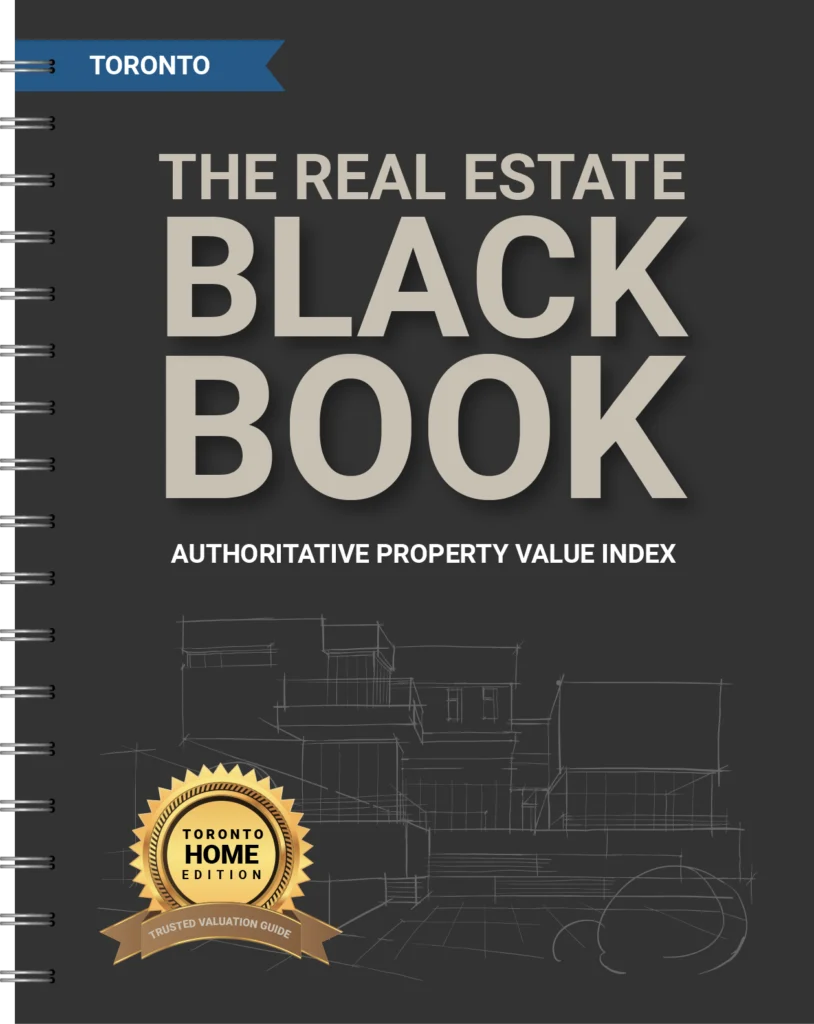Understanding Liens & Encumbrances in Toronto Real Estate
With my background in the Toronto real estate industry, I understand the importance of being knowledgeable about liens and encumbrances when purchasing a property. In this article, we will explore what liens and encumbrances are, how they can impact a property, and how to mitigate the risks associated with them.
What are Liens and Encumbrances?
A lien is a legal claim that someone has over a property, which gives them the right to take possession of the property or sell it to recover an unpaid debt. An encumbrance, on the other hand, is a legal restriction on the property that limits its use or transfer. Both liens and encumbrances can affect the value and sale of a property.
Different Types of Liens and Encumbrances
There are several different types of liens and encumbrances that can be placed on a property in Toronto. Here are some of the most common:
- Property Tax Arrears: When a property owner fails to pay property taxes, the city can place a lien on the property. This type of lien takes priority over all other liens and encumbrances on the property.
- Mortgages and Home Equity Lines of Credit (HELOCs): Mortgages and HELOCs are secured loans that are secured by the property. If the property owner fails to make their mortgage payments, the lender can foreclose on the property and sell it to recover the debt.
- Mechanics’ Liens: If a contractor, subcontractor, or supplier performs work or supplies materials to a property and does not receive payment, they can place a mechanics’ lien on the property. This type of lien can be placed on the property even if the property owner paid the contractor.
- Restrictive Covenants and Easements: A restrictive covenant is a legal agreement that limits the use of the property. An easement is a legal right to use someone else’s property for a specific purpose. These types of encumbrances can limit the use or transfer of the property.
How do Liens and Encumbrances Affect a Property?
Liens and encumbrances can have a significant impact on the value and sale of a property. Here are some of the ways they can affect a property:
- Impact on Property Value: Liens and encumbrances can lower the value of a property because they make it less attractive to potential buyers. Buyers may be reluctant to purchase a property with liens or encumbrances because they may be responsible for paying them off.
- Effect on Property Sale: Liens and encumbrances can also delay or prevent the sale of a property. If a property has liens or encumbrances, the seller may have to resolve them before the property can be sold. This can take time and cost money, which can be a significant inconvenience for the seller.
- Risks of Buying a Property with Liens and Encumbrances: Buyers who purchase a property with liens or encumbrances may become responsible for paying them off. This can be a significant financial burden and can impact the buyer’s ability to resell the property in the future.
How to Check for Liens and Encumbrances on a Property
Before purchasing a property, it’s important to conduct a thorough search for liens and encumbrances. Here are some of the ways to check for liens and encumbrances on a property:
- Searching Land Registry Office Records: The Land Registry Office maintains records of all liens and encumbrances on a property. A search of these records can provide information about any existing liens or encumbrances on the property.
- Conducting a Title Search: A title search can provide information about the legal owner of the property, as well as any liens or encumbrances on the property. This search can be conducted through a lawyer or a title insurance company.
- Obtaining a Property Report: A property report can provide information about the property’s history, including any liens or encumbrances that may exist.
Resolving Liens and Encumbrances
If a property has liens or encumbrances, it’s important to resolve them before purchasing the property. Here are some ways to resolve liens and encumbrances:
- Paying off Liens: If the property has liens, the owner can pay them off to clear the title. This can be done by the owner or through a lawyer.
- Negotiating with Creditors: If the owner cannot afford to pay off the liens, they may be able to negotiate with the creditors to reduce the amount owed.
- Obtaining a Court Order: In some cases, it may be necessary to obtain a court order to clear a lien or encumbrance from the property.
Conclusion
In conclusion, liens and encumbrances can have a significant impact on the value and sale of a property in Toronto. It’s important for buyers to conduct a thorough search for liens and encumbrances before purchasing a property and to take steps to resolve them if they exist. Working with a real estate agent who is knowledgeable about liens and encumbrances can help buyers make an informed decision about purchasing a property. By taking precautions and seeking professional help, buyers can protect their investment and avoid the risks associated with liens and encumbrances.



